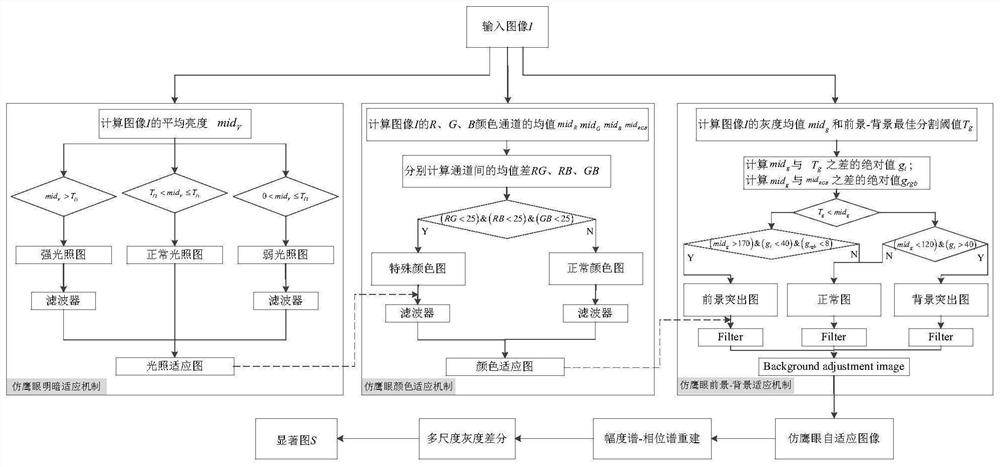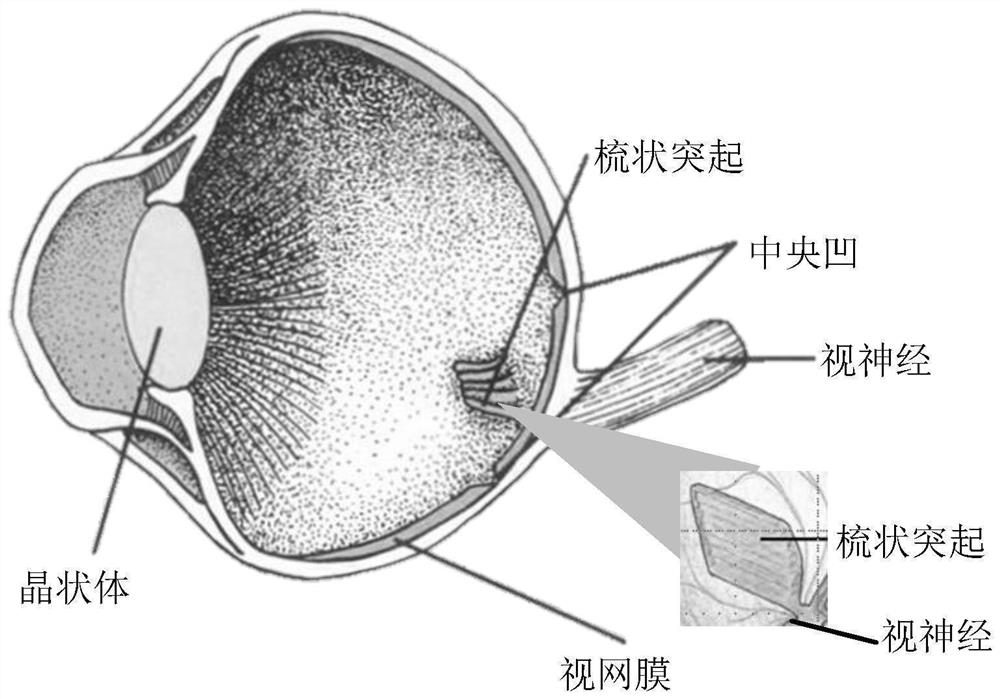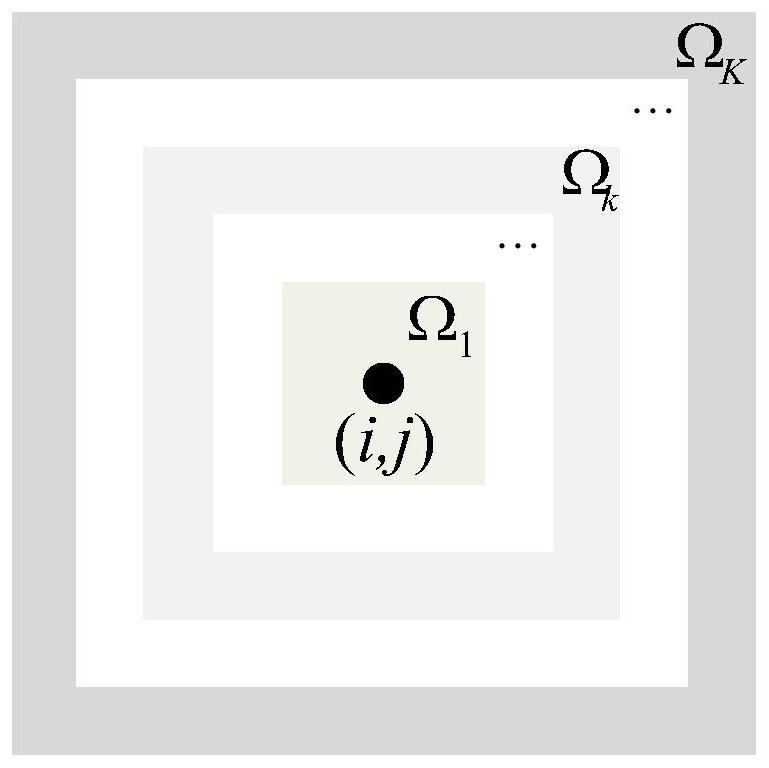Eagle-eye-imitating adaptive mechanism-based unmanned aerial vehicle sea surface small target identification method
A recognition method and adaptive technology, applied in the field of computer vision, which can solve the problems of noise signal sensitivity, manual calibration of samples, and time-consuming training process.
- Summary
- Abstract
- Description
- Claims
- Application Information
AI Technical Summary
Problems solved by technology
Method used
Image
Examples
Embodiment Construction
[0081] The effectiveness of the method proposed by the present invention is verified below through a specific example of unmanned aerial vehicles identifying small targets in a complex sea surface environment. The experimental computer configuration is Intel Core i7-4790 processor, 3.60Ghz main frequency, 4G memory, and the software is MATLAB 2014a version. The specific steps of a method for identifying small targets on the sea surface of UAVs imitating the eagle-eye adaptive mechanism are as follows:
[0082] Step 1: Modeling of the light and shade adaptation mechanism imitating the eagle eye
[0083] The comb-like protrusion is a special colorful and variable bird eye structure, which is located from the end of the optic nerve to the position of the optic nerve in the vitreous, and its schematic diagram is shown in figure 2 shown. Among them, the enlarged part in the lower right corner is the comb-like protrusion of the eagle. Like other birds, the comb-like protrusions ...
PUM
 Login to View More
Login to View More Abstract
Description
Claims
Application Information
 Login to View More
Login to View More - R&D
- Intellectual Property
- Life Sciences
- Materials
- Tech Scout
- Unparalleled Data Quality
- Higher Quality Content
- 60% Fewer Hallucinations
Browse by: Latest US Patents, China's latest patents, Technical Efficacy Thesaurus, Application Domain, Technology Topic, Popular Technical Reports.
© 2025 PatSnap. All rights reserved.Legal|Privacy policy|Modern Slavery Act Transparency Statement|Sitemap|About US| Contact US: help@patsnap.com



